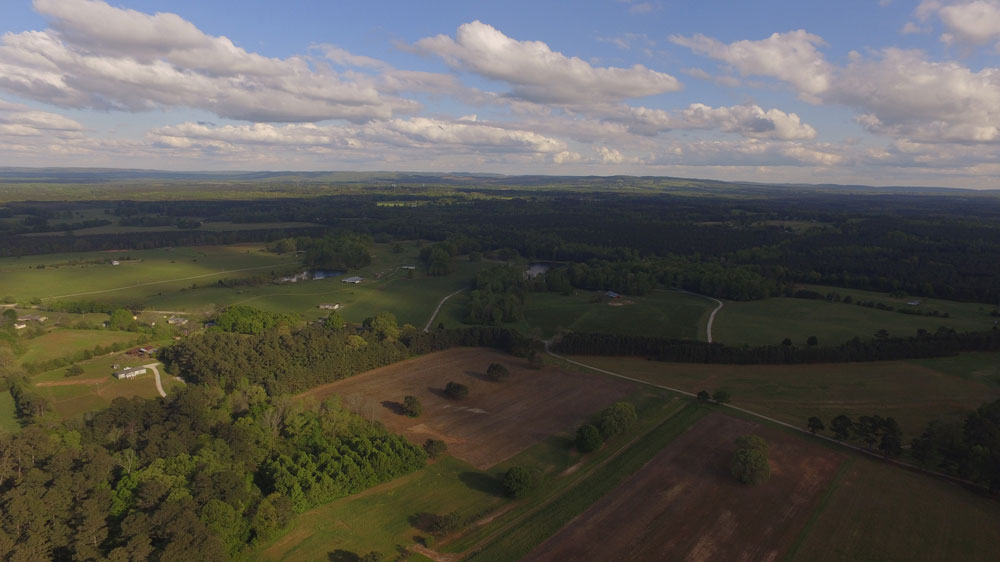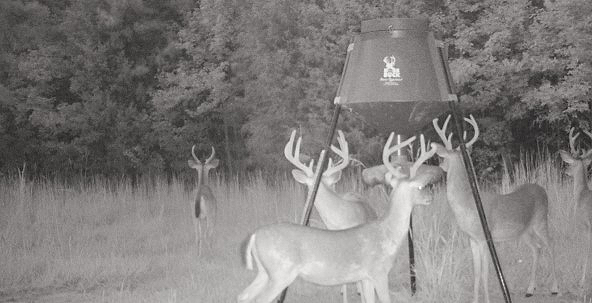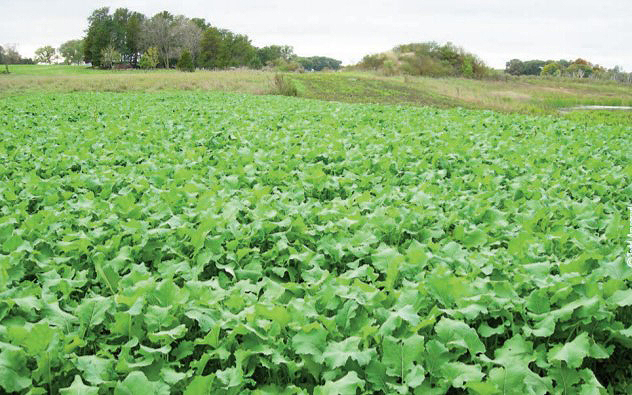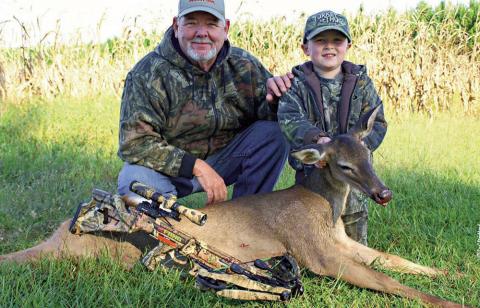William R. Carter, Jr. MD and Daryl P. Guest MD | Originally published in GameKeepers: Farming for Wildlife Magazine. To subscribe, click here.

We began a nutrition program on a small tract of land in Noxubee County, Mississippi in 2011. After years of hunting whitetails on this property, it was obvious the deer population held a limited number of mature bucks. Traditional winter food plots had been planted for several years with some success, but on camera surveys the deer herd appeared to be poorly nourished. Our buck to doe ratio was inadequate and the bucks exhibited inferior antler size. With limited row crops in the immediate area, we desired to improve the nutrition for our deer herd.
Enter BioLogic
In 2013, we met Jesse Raley at Mossy Oak BioLogic and began a more detailed winter nutritional program compared with the standard winter food plot. Large farms are usually equipped with better nutrition due to row crops and vegetation variation. In order to improve our fall/winter feeding program we obtained the advice of Jesse. With his guidance, we added Biologic’s Maximum, Deer Radish, and Winter Bulbs & Sugar Beets, all with great success.
This augmentation yielded more deer encountered and harvested each season, including larger bucks! This year we have added plots of Trophy Oats and Outfitter’s Blend as we strive to provide variety in our nutritional options. With the assistance of Biologic, our food plot program has demonstrated significant improvement that has led to a dramatic increase in hunting success.

Cost Benefits
In 2015, we planned on expanding our nutritional program to include summer food plots. Our objective was to provide a more natural summer protein source in conjunction with our successful protein supplemental feed. We chose BioMass all Legume for these summer plots. This blend contains Ozark soybeans, cow peas, and lablab which would give us the protein necessary to take things to the next level.
We planted in early May and had an outstanding yield. By early July, our summer plots were waist to chest high. The deer started to utilize the plots and fed consistently throughout the summer and early fall. We also noticed an added benefit of the summer plots in cost savings.
We planted in early May and had an outstanding yield. By early July, our summer plots were waist to chest high. The deer started to utilize the plots and fed consistently throughout the summer and early fall. We also noticed an added benefit of the summer plots in cost savings.
Small Farm Success
The property on which we hunt is approximately 225 acres of mixed timber and pine plantation. We have been able to manage our own property using instruction from Gamekeepers (TV and Magazine) and QDMA. We have also utilized guidance from Scott Edwards, our local wildlife biologist with the Mississippi Department of Wildlife, Fisheries, and Parks. He has guided our habitat management with recommendations which improve wildlife habitat and nutritional options. It is sometimes difficult to successfully manage small tracts of land. We have been able to initiate a successful nutrition program on a farm that is less than 250 acres.

In addition to our nutrition program, with the help of selective harvest and native habitat management we have drastically improved our density, buck to doe ratio and our hunting experiences. Nutrition is the key.
The Mississippi State Deer Lab submitted an article on nutrition in the Summer 2015 issue of Gamekeepers magazine. In cooperation with the Mississippi Department of Wildlife, Fisheries, and Parks, the Deer Lab demonstrated that deer “are not genetically doomed to have smaller bodies and antlers, they are simply a product of their environment.” If nutrition is suboptimal, the mother will pass on a signal to the genes of her offspring that will restrict their body and antler size. This is described as an “epigenetic effect,” meaning specific genes that code for growth have to be enabled before the true genetic potential of a deer can be realized. This becomes evident in the second generation of adequately nourished offspring. We are just beginning to witness this amazing transformation in our deer herd and we are added proof that this is indeed true.
Initiate a Nutrition Program
We hope that our experience will serve as encouragement for gamekeepers who are attempting to manage small farms in their spare time. Do not rely on the standard fall/winter food plot recipe. Initiate a year-round nutritional program, including summer and winter food plots and protein supplementation. As deer are selective browsers, the combination of these techniques and the provision of nutritional variation will greatly benefit your deer herd.
We have learned a great deal about wildlife management from fine organizations such as GameKeepers and the QDMA. Educate yourself and utilize state wildlife resources and the professionals at Mossy Oak Biologic to optimize the potential of your small farm.
Dr. Carter and Dr. Guest are physicians in Starkville, Mississippi, who devote a majority of their spare time to wildlife and habitat management.































